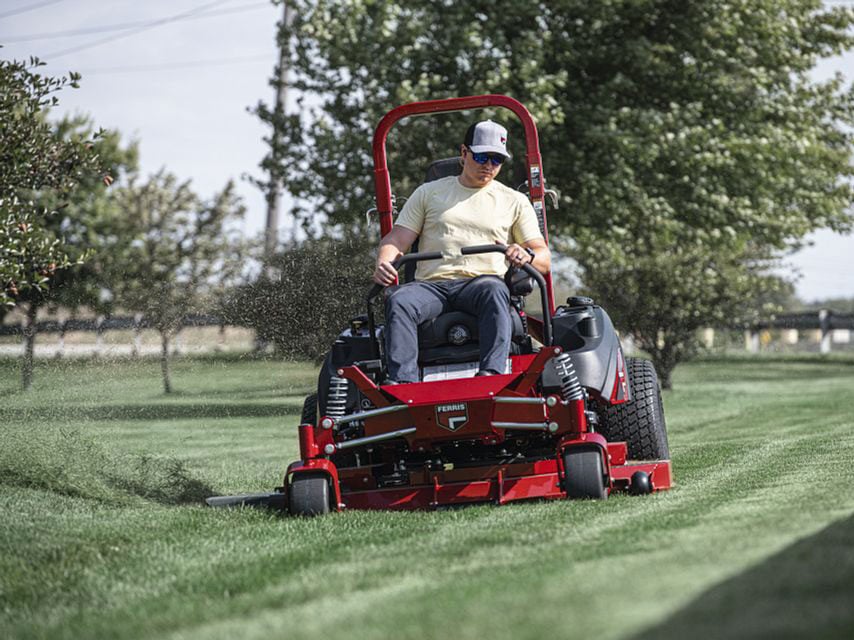Seven Common Misconceptions About Lawn Care

Maintaining a healthy lawn can sometimes feel like navigating a maze of conflicting advice and misconceptions.With access to so much information, it’s easy to fall into traps that could harm rather than help your lawn. Coming from a company that truly cares about the outcome of yours and your clients’ yard, we’ll debunk some of the most common myths about lawn care, giving you the power to make informed decisions and cultivate a vibrant green lawn you can be proud of.
Myth: Watering your lawn every day is necessary for healthy growth.
Debunked: Overwatering can actually be detrimental to your lawn. Instead of watering every day, aim for deep, infrequent watering sessions. This encourages deeper root growth and makes your lawn more resilient to drought conditions.
Myth: Cutting your grass shorter means you'll have to mow less frequently.
Debunked: Cutting your grass too short can weaken the grass blades and expose the soil to sunlight, leading to increased weed growth and higher risk of pests and diseases. It’s best to follow the one-third rule: never remove more than one-third of the grass height in a single mowing session.
Myth: Fertilizing your lawn more frequently will make it greener.
Debunked: While fertilizing is essential for providing your lawn with necessary nutrients, over-fertilizing can harm both your lawn and the environment. Excess fertilizer can lead to nutrient runoff, water pollution, and even lawn burn. Follow a regular fertilization schedule based on your soil’s needs and use a slow-release fertilizer to ensure steady growth without the risk of burning your grass.
Myth: Leaving grass clippings on the lawn will cause thatch buildup.
Debunked: Grass clippings are a valuable source of nutrients for your lawn. Leaving them on the grass after mowing, also known as grasscycling, can help return valuable nitrogen and moisture to the soil. Contrary to popular belief, grass clippings do not contribute significantly to thatch buildup unless you’re mowing excessively long grass or mowing infrequently.
Myth: All weeds are harmful and should be removed.
Debunked: While some weeds can compete with your lawn for nutrients and water, other weeds actually benefit your lawn by adding nitrogen to the soil or providing habitat for beneficial insects. Instead of blanket herbicide applications, identify and selectively manage weeds based on their impact to your lawn’s overall health and appearance.
Myth: Aerating your lawn is unnecessary unless it’s visibly compacted.
Debunked: Soil compaction can occur even without visible signs, restricting root growth and water penetration. Regularly aerating your lawn, especially in high-traffic areas, promotes better air and water circulation in the soil, leading to healthier grass and reduced runoff.
Myth: Fall is the only time to overseed your lawn.
Debunked: While fall is an optimal time for overseeding in many regions, spring can also be a suitable time depending on your climate and grass type. Overseeding helps fill in bare patches and improves lawn density which can help give your lawn a fuller and healthier look and compete against weeds.
By arming yourself with accurate information about lawn care, you can take a more informed and sustainable approach to maintaining your green space. Remember to tailor your lawn care practices to your specific soil,climate, and grass type for the best results.
.png?width=250&height=50&name=Ferris%20Corporate%20Logo%20CMYK%20(1).png)